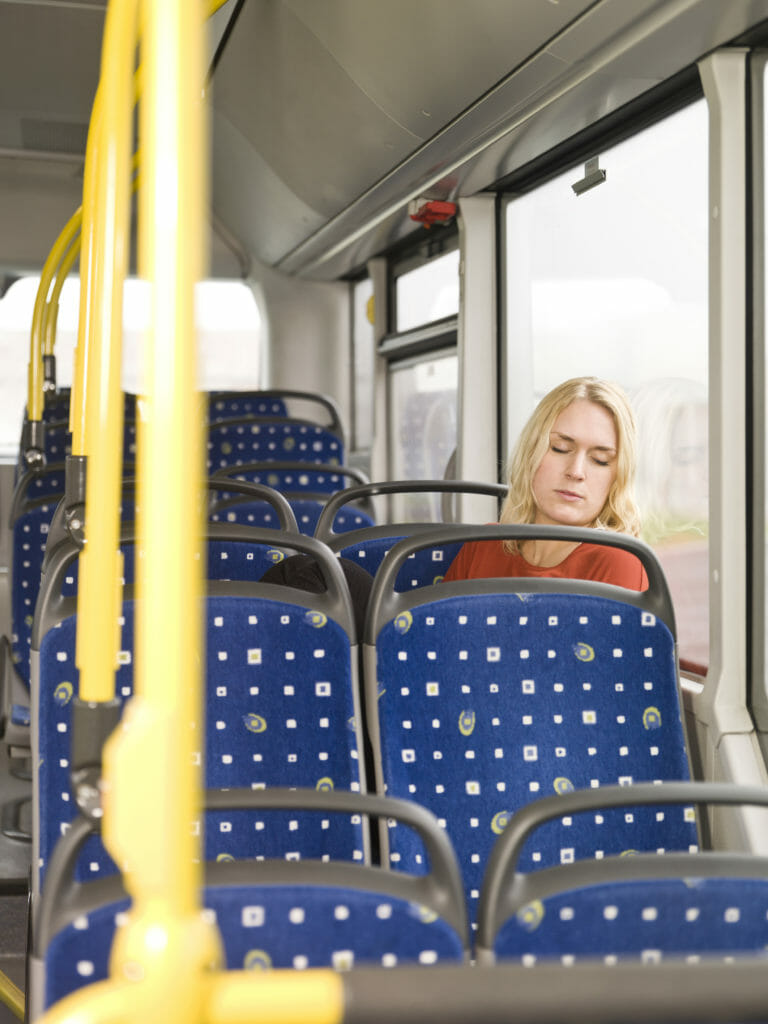What Will the Coronavirus Do To Public Transportation?

As people all over the world are trapped in their houses due to the spread of the coronavirus, our focus has primarily been on surviving today. We want to avoid getting sick, we’re concerned about how the shutdown will affect the economy and our personal finances, and we’re living with unique daily challenges. However, as the days pass, some are beginning to question what life will look like after the COVID-19 recedes. Will social distancing last? Will people continue to avoid public places? What will the consequences of the coronavirus be for public transportation? That’s a question that has meaning for everyone in the automotive industry.
There has been a consistent push for more public transportation by government bodies and citizens groups for decades. Currently the majority of Americans rely on their cars to get back and forth to work and anywhere else. In rural areas, public transportation is rare and highly impractical. Suburban commuters use it only sporadically because in most towns and small cities, public transit is far from extensive. In highly urbanized areas of the country, though, public transportation is comprehensive and the only affordable option for commuters.
Public Transportation during COVID-19 Takes a Hit
In Denver, there has been an unprecedented decline in the use of public transportation since the beginning of the pandemic. In San Francisco BART ridership has dropped 90% since the outbreak began, and the light rail system, Muni Metro was shut down completely. Only the 17 busiest bus lines remain in service.
Mass transit employees throughout the country have been taking measures to limit risk to users, including sanitizing stations, wiping down surfaces like turnstiles that are very frequently touched, and completely cleaning subway cars and buses. They’ve also limited how many riders can be in cars and, where possible, enforced a set distance between drivers and riders. These are expensive measures that have been deemed necessary to keep transportation open and allow essential workers to get to their jobs.
News stories have also featured frontline workers dealing with the coronavirus trying to make subways and buses “safer” by having riders wear masks. While perhaps well intentioned, it’s hard to have confidence that wearing masks will stop virus transmission when people are crammed into small spaces like sardines. Can you even get 6 feet apart on the subway when the car is half full?
Public transportation faces two big problems moving forward after the pandemic is open. The first is that some of the public will remain frightened of the virus for months or even years to come. If these people can drive instead, they will, viewing it as the safer choice. Even if driving is more expensive, they will view it as a necessary expense to stay safe and healthy.
The second, perhaps larger, problem is that funding for public transportation or even commercial transportation will be far more difficult to get. The airlines, for example, have already been devastated. They will receive money from the $2.2 trillion rescue package Congress recently passed, but that won’t be enough to make up for all the people who will choose not to fly out of fear for the remainder of 2020. Airlines and buses do rely on ticket sales to remain afloat even if, for some, direct sales do not make up the bulk of their budgets.
Other transit agencies get their funding from sources like sales taxes, payroll taxes, and parking fees and fines. All sectors of the economy deemed “unnecessary” are shut down across the country. That and whatever more permanent economy recession results from the states’ actions will certainly affect tax collection. People who aren’t working don’t spend as much money and they don’t generate income tax for governments to collect. Fewer people working means that fewer people will drive to work and revenue from parking tickets and speeding tickets will also decline.
As a result of these factors, the future of mass transit looks much bleaker than it did a few months ago. However, the future of the auto industry now looks brighter. Already people are using their cars for social activities like drive-by birthday parties and protests of the government. These things were unthinkable before the pandemic. People are much more likely to see cars as environments they can control and therefore safe. Whether or not that’s true, it’s likely that there will be an increase in car sales coming up. That means more money spent on car repair down the line. That’s good news for anyone who depends on car repair to feed their families.
What is your take? How do you think the coronavirus will affect public transportation? Please weigh in with your opinion either here or in our forums.


Responses